Water
Latest about water
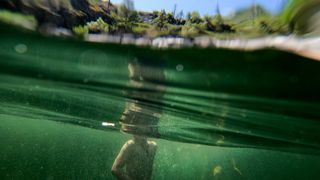
'Brain-eating' infections could become more common, scientists warn
By Jennifer Zieba published
Researchers think climate change will soon cause an increase in the incidence of Naegleria fowleri infections, a "brain-eating" disease.
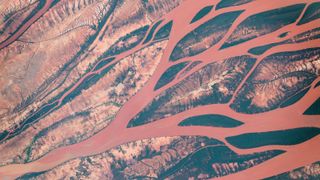
Shapeshifting rusty river winds through Madagascar's 'red lands'
By Harry Baker published
Earth from space This 2018 astronaut photo shows the rust-colored waters of Madagascar's Betsiboka River winding through a complex series of mangrove islands. Both the river and islands have been altered in recent years by destructive human practices.
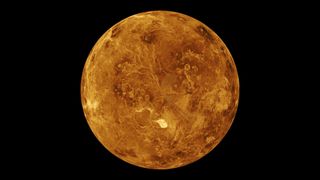
Molecule responsible for robbing Venus of its water may finally have been identified
By Sharmila Kuthunur published
A new water loss mechanism on Venus explains how the planet lost all its water, turning the planet from a potentially habitable world into the parched hellscape we know today.
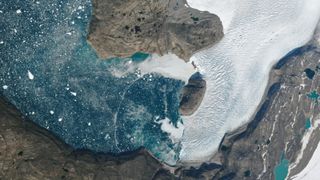
Mysterious wave ripples across 'galaxy' of icebergs in Arctic fjord
By Harry Baker published
Earth from space A puzzling arc was spotted in the water of a Greenland fjord littered with iceberg fragments. There are a couple of possible explanations for this bizarre phenomenon but we will likely never know what caused it, experts say.
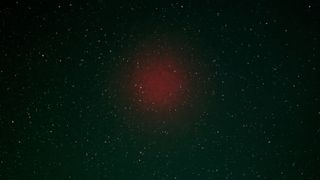
Dying SpaceX rocket tears blood-red 'hole' in the sky over Texas — again
By Harry Baker published
On April 10, a bright red atmospheric "hole" was spotted in the night sky above Texas shortly after SpaceX launched 23 Starlink satellites into space. It is the latest example of an increasingly common phenomenon caused by the company's dying rockets.

East Africa's Lake Nakuru almost doubled in size in 13 years — and that's bad news for flamingos
By Aidan Byrne published
Africa's soda lakes are rising and it's decimating the cyanobacteria flamingos have evolved to eat, putting the species at risk of drastic declines if current trends continue.
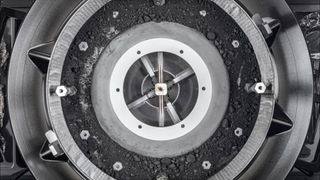
'Potentially hazardous' asteroid Bennu contains the building blocks of life and minerals unseen on Earth, scientists reveal in 1st comprehensive analysis
By Sharmila Kuthunur published
Scientists shared the first comprehensive science results from NASA's OSIRIS-REx asteroid-sampling mission at the Lunar and Planetary Science Conference, revealing the out-of-this-world makeup of asteroid Bennu.

Opposites attract? Not in new experiment that finds loophole in fundamental rule of physics
By Ben Turner published
Like-charged objects were found to clump together while opposites repelled because of the newly discovered "electrosolvation force."
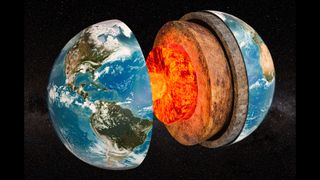
How much water is in Earth's crust?
By Charles Q. Choi published
Earth is covered with water, but how much is hiding in our planet's crust?
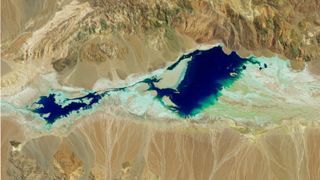
'This is weird': Experts 'shocked' by record-breaking longevity of Death Valley's phantom lake
By Harry Baker published
A temporary lake at Badwater Basin in Death Valley National Park has persisted for more than six months, which is far longer than it has lasted before. And experts say that it could stick around for quite a while yet.
Get the world’s most fascinating discoveries delivered straight to your inbox.


